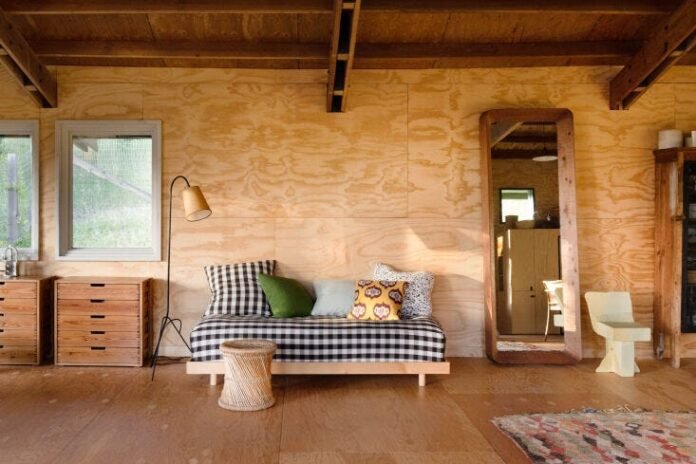In an era where wellness and sustainability are increasingly in the spotlight, the concept of organic living spaces has gained significant traction. Creating a healthier indoor environment isn’t just about aesthetics; it’s about fostering a space that promotes well-being and reduces our ecological footprint. Let’s explore what organic living spaces entail and how they contribute to a healthier lifestyle.
Table of Contents
Understanding Organic Living Spaces
Organic living spaces prioritize natural materials and sustainable practices. From the materials used in construction and furnishings to the air quality and overall design, every aspect is geared towards minimizing environmental impact and maximizing health benefits. This approach is not only about embracing natural aesthetics but also about making mindful choices that support both personal and planetary health. For more tips on creating organic living spaces, visit the Green Improve website.
Benefits of Organic Living Spaces
- Improved Air Quality: Synthetic materials often release harmful chemicals known as volatile organic compounds (VOCs). Organic living spaces utilize natural materials like wood, bamboo, cork, and organic cotton, which reduce VOC emissions and contribute to cleaner indoor air.
- Healthier Living Environment: By avoiding synthetic chemicals and materials treated with toxins, organic living spaces create a healthier environment for occupants. This is especially beneficial for individuals with allergies or respiratory issues.
- Sustainability: Choosing sustainable materials such as reclaimed wood, recycled glass, and natural fibers helps reduce environmental impact. These materials often have lower carbon footprints and can be sourced responsibly.
- Connection to Nature: Organic living spaces often incorporate elements that connect inhabitants with nature, such as large windows for natural light, indoor plants for air purification, and biophilic design principles that mimic natural environments.
Designing an Organic Living Space
Creating an organic living space involves thoughtful planning and design choices:
- Material Selection: Opt for natural materials like untreated wood, natural stone, clay, and non-toxic paints and finishes.
- Furniture and Furnishings: Choose pieces made from sustainable materials such as bamboo, rattan, organic cotton, and wool. Avoid furniture treated with flame retardants or other chemicals.
- Indoor Air Quality: Prioritize ventilation and air filtration systems that maintain fresh, clean air indoors. Use air-purifying plants like peace lilies, spider plants, and aloe vera.
- Lighting: Maximize natural light through large windows and skylights to reduce reliance on artificial lighting. Use energy-efficient bulbs and fixtures when artificial light is necessary.
Challenges and Considerations
While the benefits of organic living spaces are clear, there are challenges to consider:
- Cost: Natural and sustainable materials can be more expensive initially, though they often provide long-term savings through durability and reduced maintenance.
- Availability: Finding local sources for organic materials and furnishings may require research and careful sourcing.
- Maintenance: Some organic materials may require specific care instructions compared to their synthetic counterparts.
Embracing Organic Living Spaces
As awareness of environmental issues grows, so does the appeal of organic living spaces. More homeowners and designers are embracing sustainable practices and incorporating organic elements into their living environments. Whether through renovating existing spaces or building new homes, the shift towards organic living spaces represents a commitment to personal health and environmental stewardship.
Conclusion
Organic living spaces offer a compelling alternative to traditional indoor environments by promoting health, sustainability, and a deeper connection to nature. By choosing natural materials, improving indoor air quality, and embracing sustainable design principles, individuals can create spaces that not only look beautiful but also contribute to overall well-being. As we strive to build a more sustainable future, organic living spaces serve as a blueprint for healthier living and responsible environmental stewardship.
Apart from this, if you are interested to know more about 4 Home Improvement Ideas To Enhance Your Life then visit our Home Improvement category.
















